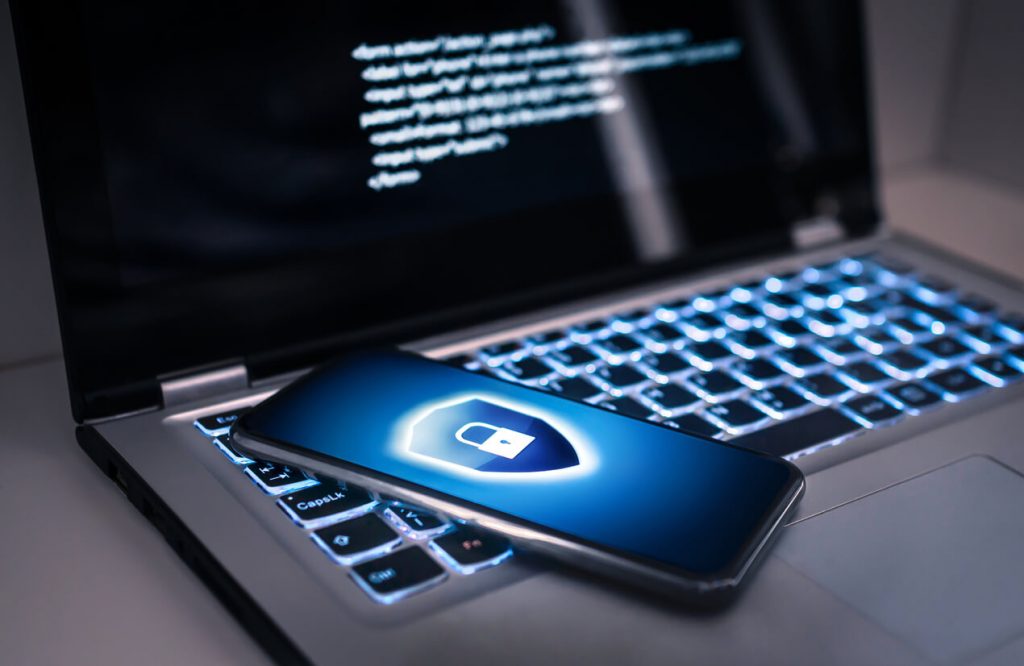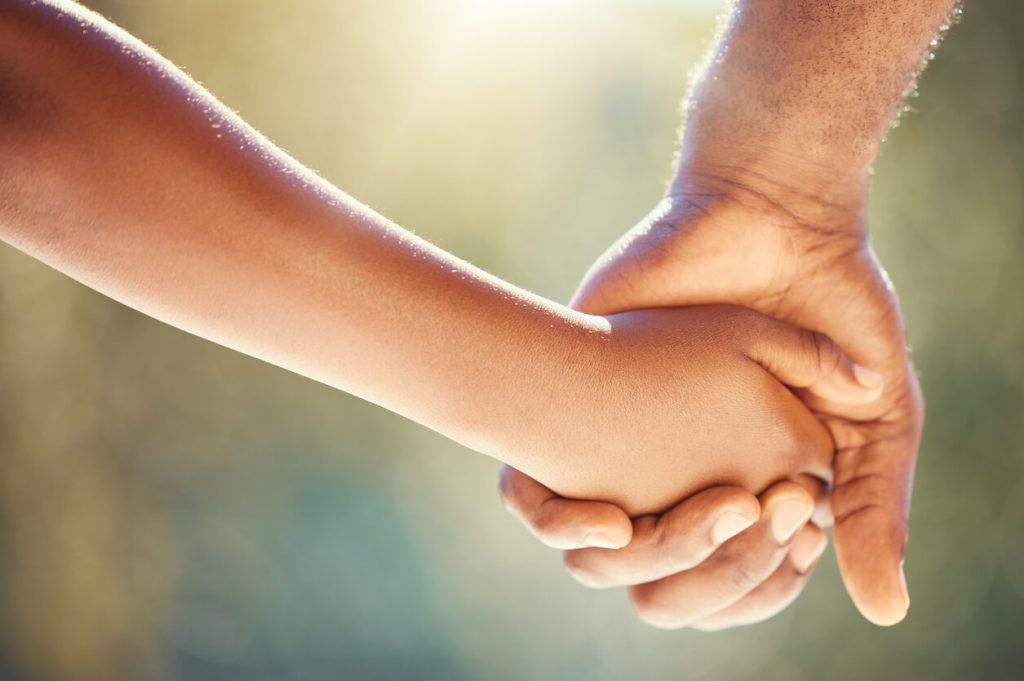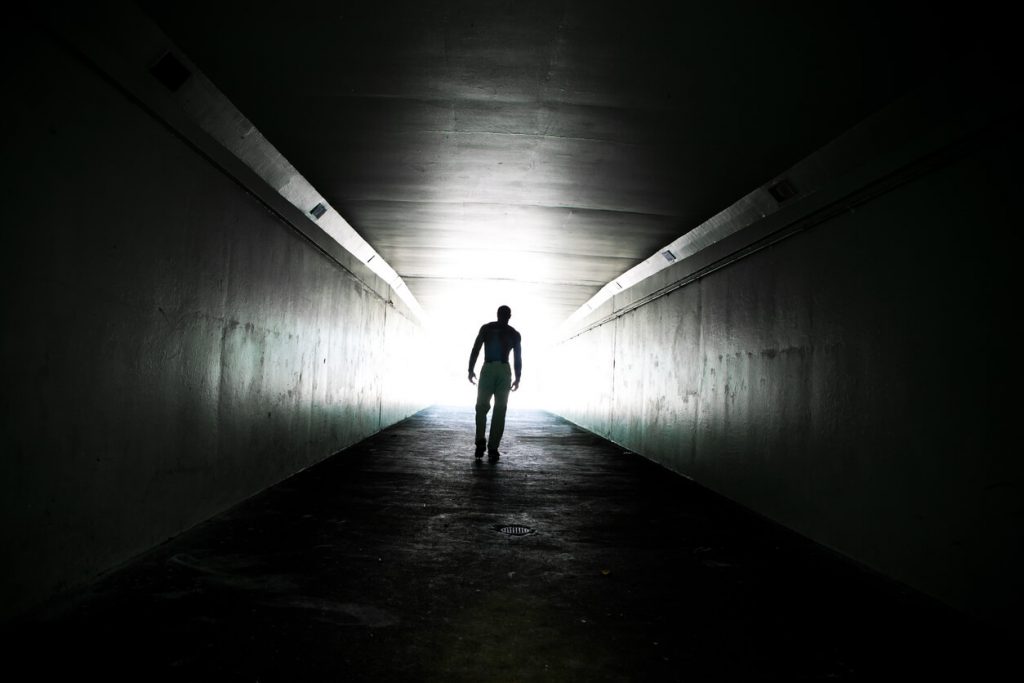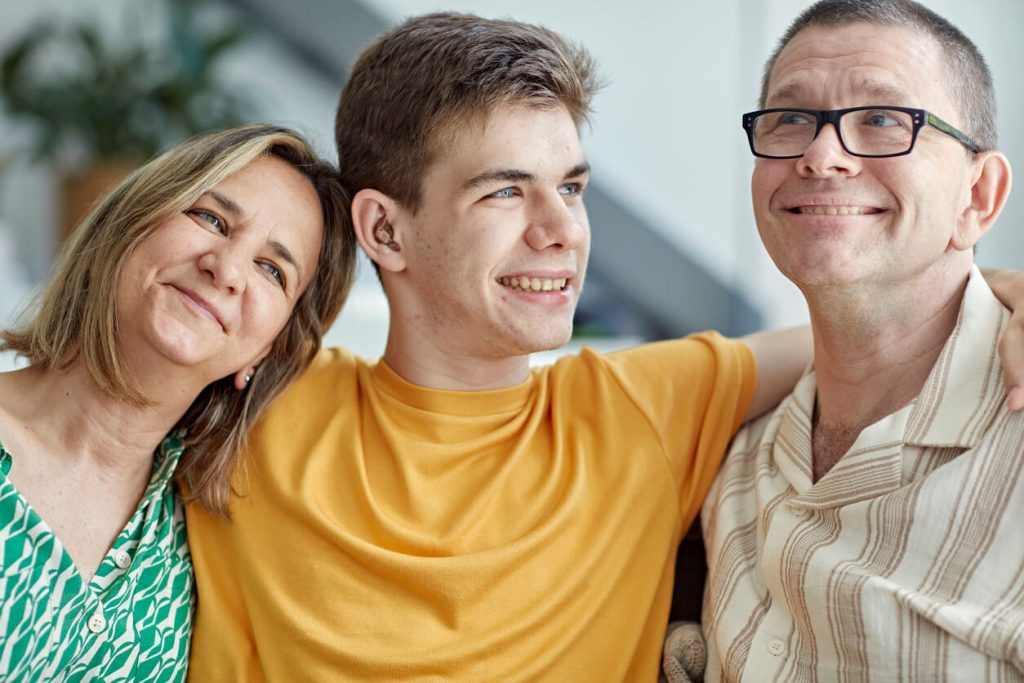YouTube.com is a force to be reckoned with in the digital world. Undoubtedly, it is the No. 1 video-sharing website, with 2 billion videos viewed every day around the globe. YouTube lives up to its name, enabling everyday Internet users to create their own “channel” online, a place to showcase their own video masterpieces for public consumption.
“YouTube, of course, can be a very wonderful, creative medium,” says Cris Clapp Logan of Enough is Enough, “a place where kids can, at times, showcase their lives in a healthy way—in an entertaining way—but it should really only be used with close guidance and supervision from an adult.” Mrs. Logan contends that parents need to keep a close eye on both what their kids are viewing and what they are posting on YouTube.
Harmful Content
With more than 24 hours of footage uploaded every minute, it is impossible for YouTube staff to monitor this content alone.
“If you go on YouTube, you’ll find a lot of videos that are promoting drug abuse, that are promoting binge drinking, promoting unhealthy behaviors like anorexia and bulimia,” Logan said. But her largest area of concern is sexual content. “There is so much pornography—so much user generated pornography—and a lot of content that could actually be deemed as ‘obscenity’ online that kids can have free and easy access to through YouTube.”
YouTube does have its own set of “Community Guidelines” that prohibit people from posting things like sex, nudity, hate speech, harassment, illegal acts, gory content, and other inappropriate videos. But a video can technically meet these guidelines and still have provocative content.
In 2009 the Media Research Center published an official report about the volume of sexually suggestive content on YouTube. They searched for the word “porn” on YouTube and studied the 157 most popular search results—videos that had been viewed more than 1 million times each. Two-thirds of these videos advertised themselves as being actual pornography, and many showed brief clips from porn films, interviews with porn stars, or advertisements for porn sites or phone sex lines.
Malicious users have been known to post blatantly pornographic video content on YouTube, pairing it with video clips of children’s programming. Children click on these videos and watch several minutes of what appears to be a benign program, only to have the video content suddenly switch to adults having sexual intercourse.
In addition, user-generated comments under each video can include foul language, or at times, links to inappropriate websites. Often appropriate videos will be paired next to other “suggested” videos that are not appropriate.
In short, YouTube can be a visual minefield.
YouTube Tips for Parents
In a “broadcast yourself” culture, parents are in a unique position to help the Internet generation guard their eyes and hearts.
- Establish a YouTube account for yourself – It is both easy and free to sign up for an account. Simply go to YouTube.com and click on the “Create Account” link in the top right-hand corner. You will be asked a few details about yourself, including a date of birth. By stating you are over 18 you will be able to have access to all of YouTube’s content, including content not available to minors or those who don’t have an account. Make sure you guard your password so no one else can access your account.
- Monitor YouTube – Make sure your underage kids have not lied about their age and created their own 18+ YouTube accounts. Check your kids Internet history, or better yet, use good Web accountability services like Covenant Eyes to see which YouTube videos they view.
- Restrict YouTube – Cris Logan says, “We know that 79% of a child’s access to inappropriate content occurs right through the home. If a parent is doing their job with regard to parental control and filters, the likelihood of their child accidentally coming across pornographic material will be significantly reduced.” YouTube has created something called “Safety Mode” to help parents to better guard against adult content. While this is a good precaution, it will not catch all inappropriate content and can be circumvented with relative ease. That’s why it can be helpful to go with software solutions, like the Covenant Eyes Filter, that can selectively filter inappropriate videos.
- Get to know YouTube – Cris Logan recommends parents start surfing around on YouTube, see what this video sharing culture is like for themselves, “and be ready to have an open dialogue—an ongoing dialogue—with your child regarding what they’re seeing, what they’re doing with this site.”
- “Flag” videos and teach your kids about flagging – Beneath each YouTube video is a small flag icon. When logged into your account you can “flag” a video you deem inappropriate. Usually YouTube staff will review this video within an hour or so. As you use YouTube, train yourself and your teens to be good cyber citizens and call out videos that do not meet the Community Guidelines.
- Have fun with YouTube – There are thousands of videos on YouTube to enjoy. As you come across these videos, you can make them one of your “Favorites” in your account. Perhaps you will want to create an account for your teen (YouTube account holders who are 13 to 17 years of age do not have access to all the videos on YouTube). You can then start creating a catalogue of these favorite videos for you and your family to enjoy.






